Mechanical combination locks, also known as code locks, are a practical and secure solution for those who wish to eliminate the use of a traditional key. Durable, reliable and ideal for industrial environments, locker rooms, cabinets and technical cabinets, OMR code locks are distinguished by their robustness and ease of use.
In this article we analyze three new models available in the OMR catalog, comparing features, advantages, and application contexts.
For the complete overview, visit the category on combination locks.
Mechanical code locks are based on a numerical system that allows keyless opening and locking. Unlike electronic versions, they do not require batteries or external power, making them perfect in environments where continuity of service and minimal maintenance are essential. These locks are designed to withstand shock, dust and moisture, ensuring safety and reliability over time.
The three new models of numerical combination locks
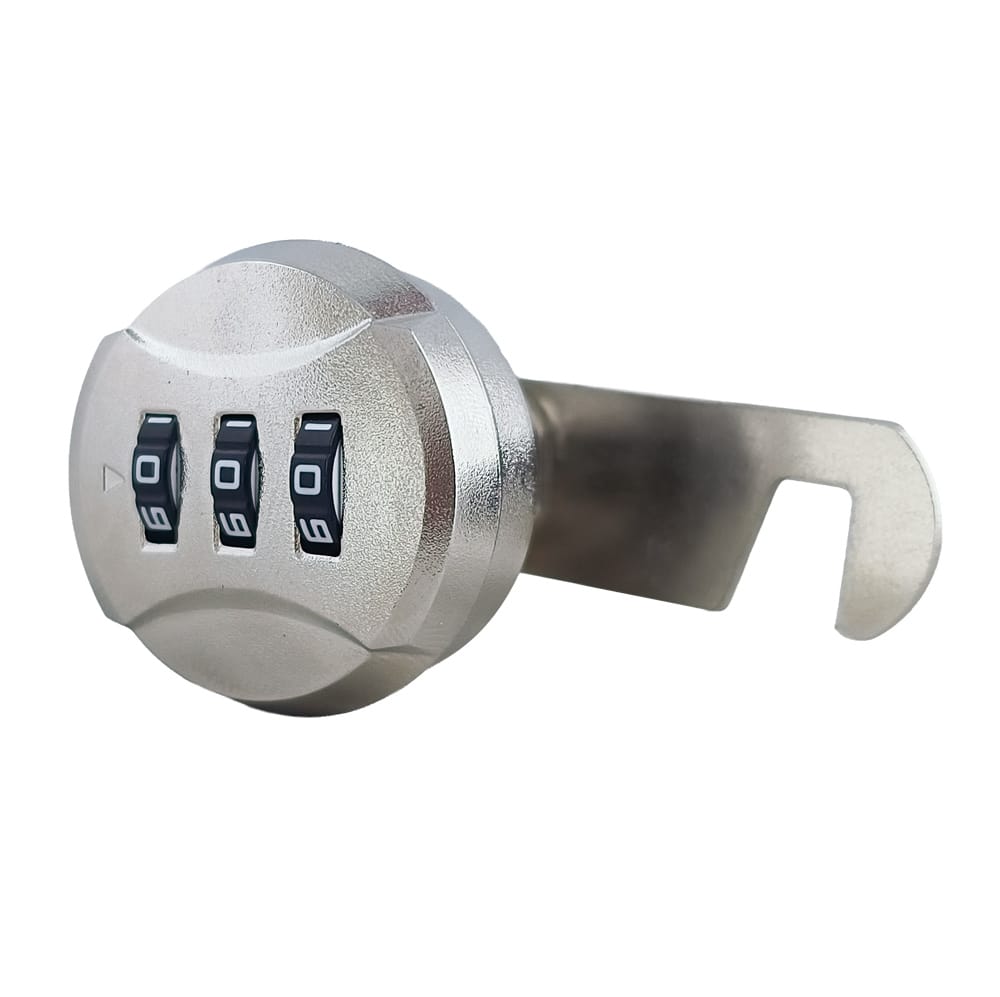
Serratura a combinazione meccanica con leva posteriore a gancio
This lock is versatile and can be applied to both sliding and hinged doors. The rear hook provides excellent grip and security in both configurations.
- Ideal applications: metal cabinets, industrial cabinets, technical doors.
- Advantages: adaptability to multiple locking types, ease of use, robustness.
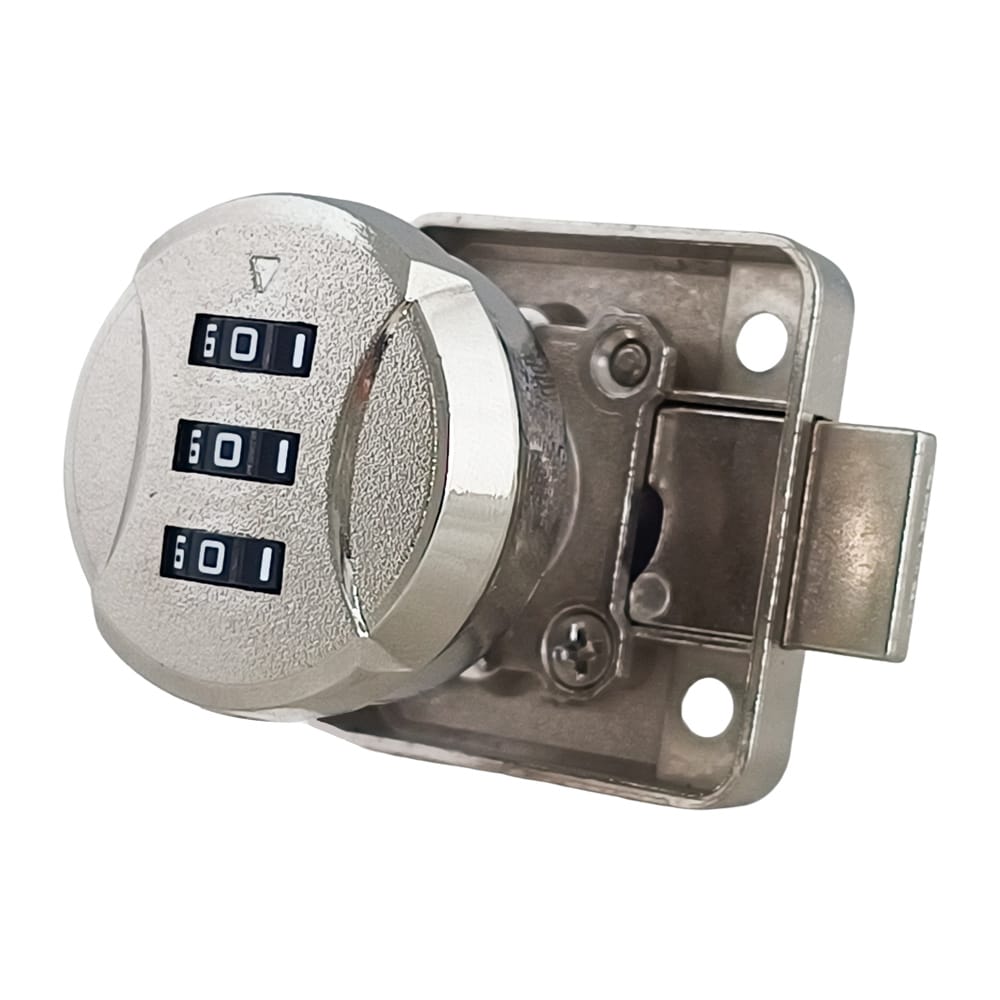
Serratura a combinazione meccanica con paletto passante
The through-bolt model is best suited for locking drawers and hinged doors, where a strong, linear mechanism that locks the opening is needed.
- Ideal applications: chests of drawers, workshop furniture, cabinets with hinged doors.
- Advantages: high mechanical strength, simplicity in code management.
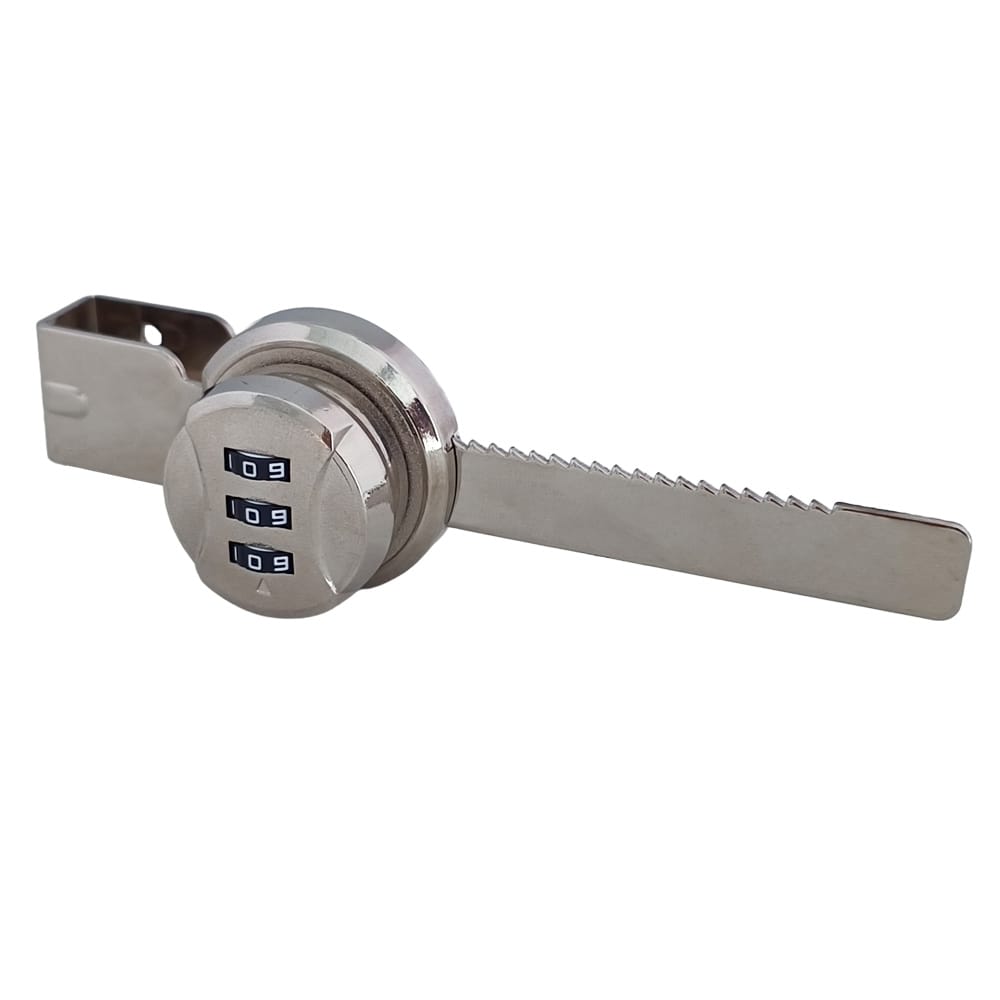
Serratura a cremagliera con pomolino a combinazione meccanica
This lock is designed specifically for display cases with sliding glass or wood doors, allowing locking without the need to drill holes in the doors. Operation is by knob, making opening quick and intuitive.
- Ideal applications: display cabinets, museum display cases, store furniture.
- Advantages: easy installation (no drilling), immediate use, compact design.
Why choose a mechanical code lock
- No battery or external power supply
- Longer life and less maintenance
- Resistance to external agents (dust, moisture, saltiness)
- Intuitive operation for users and maintainers
- Compatibility with different industrial and civil contexts
Discover all models on the OMR combination locks page.
Practical tips for installation and use
- Verify the dimensions of the door, drawer, or display case before installation.
- Make sure the hole is compatible with the lock body (when required).
- For the combination change, follow OMR instructions: the reset is quick and safe.
- It makes periodic checks, but the required maintenance is minimal.
Model comparison table
| Model | Locking type | Ideal applications | Strengths |
|---|---|---|---|
| Rear hook cams | Rear hook | Sliding and hinged doors | Versatility and strength |
| Through bolt | Linear bolt | Drawers and hinged doors | Safety and mechanical strength |
| Rack with knob | Rack + knob | Sliding showcases made of glass or wood | No drilling, easy installation |
OMR mechanical combination locks frequently asked questions
What is the difference between hook, bolt, and rack models?
Each lock has an ideal application: the back cam model with hook is suitable for sliding doors and hinged doors;
the through-bolt model is designed for drawers and hinged doors;
the rack and pinion lock with knob is perfect for sliding glass or wooden display cases, without the need for holes.
Does the rear hook-and-loop lock require fixing holes?
Yes, it installs with a 19 mm hole (double D or round) and nut. Washer with spikes to prevent rotation is also included.
Can I install the rack lock without drilling holes in the doors?
Yes, this model attaches with two internal screws to the locking bar and requires no drilling on sliding glass or wood doors.
What panel thicknesses does the through-bolt model support?
It is compatible with panels from 15 to 35 mm; longer extensions and screws are available for greater thicknesses.
How many number combinations do these locks offer?
All models have a 3-digit system, from 000 to 999, with a total of 1,000 possible combinations.
How do I change the lock code?
With the lock unlocked, you use the provided awl to press the reset hole next to the knob.
Then you set the new combination and release the key.
What happens if I forget the combination set?
For security reasons, there is no standard code-free opening.
In such cases, OMR service should be contacted for restoration or technical opening.
Do locks withstand dust, moisture, or outdoor environments?
Yes, the models are made of zamak with a chrome finish and anti-corrosion treatments, making them suitable for wet and dusty environments.
Can locks be installed on glass?
Yes, the rack model with knob is designed for display cases with sliding glass doors, without the need to drill holes in the panel.
Conclusions
OMR mechanical combination locks are a secure, practical and durable solution for professional and industrial environments. The three new models-with rear hook, through-bolt, and rack-and-pinion cams with knobs-cover a variety of application needs, always ensuring quality and reliability.
Find out all the details and other models on the combination locks page.


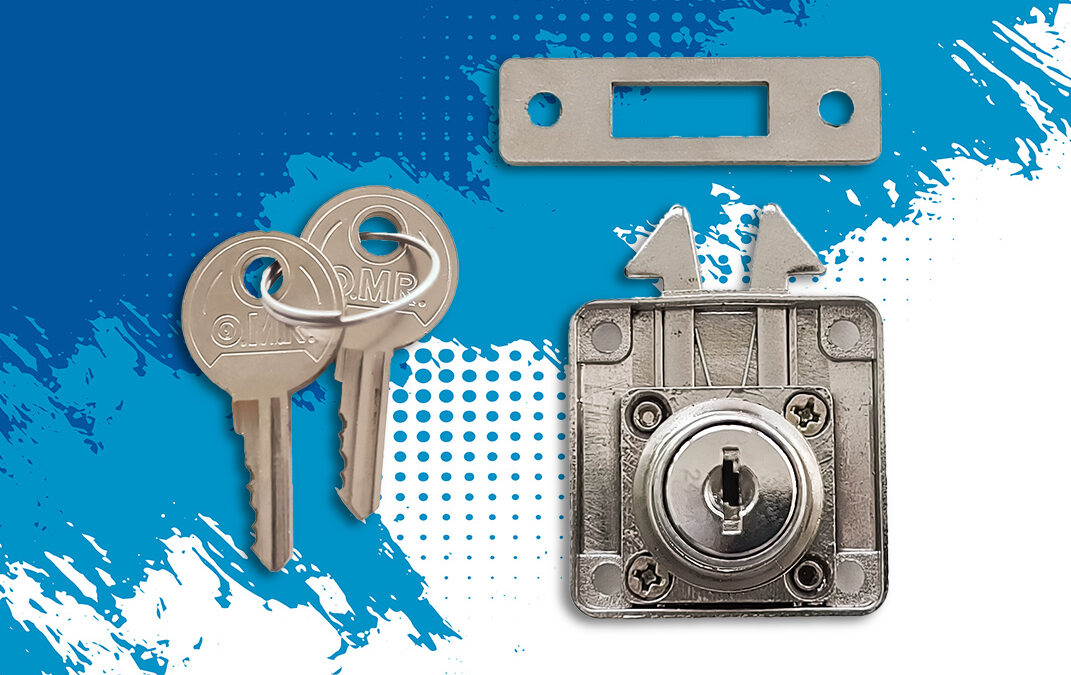
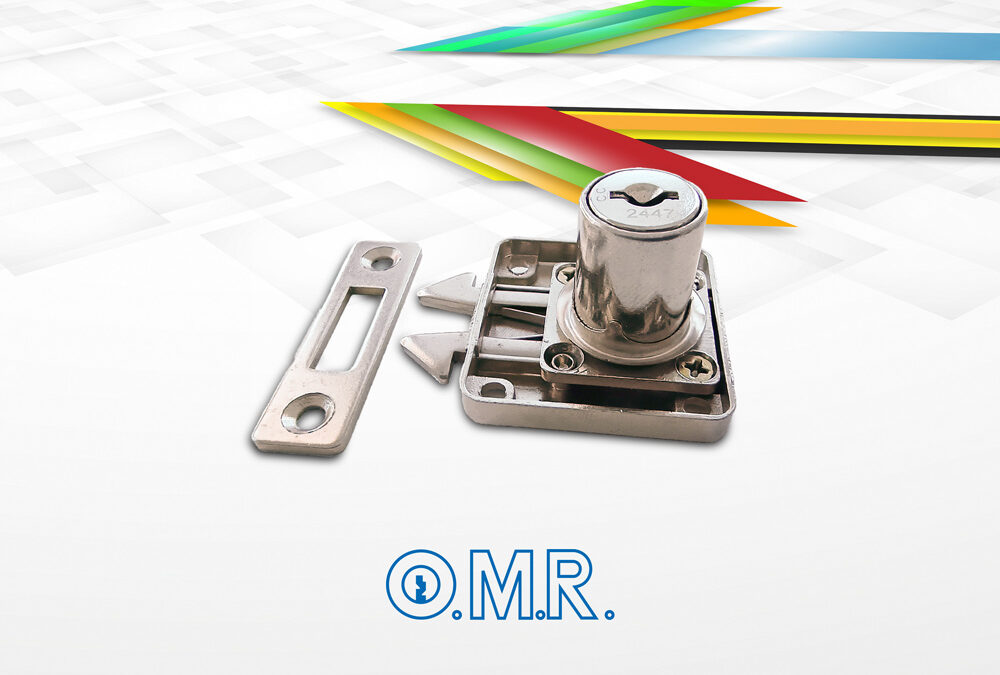
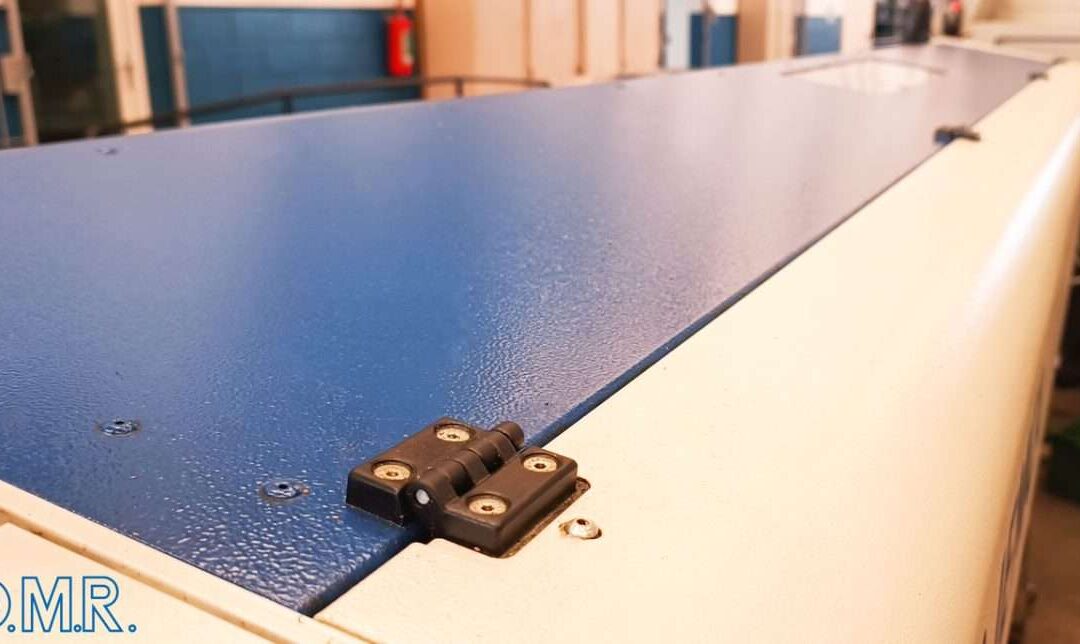
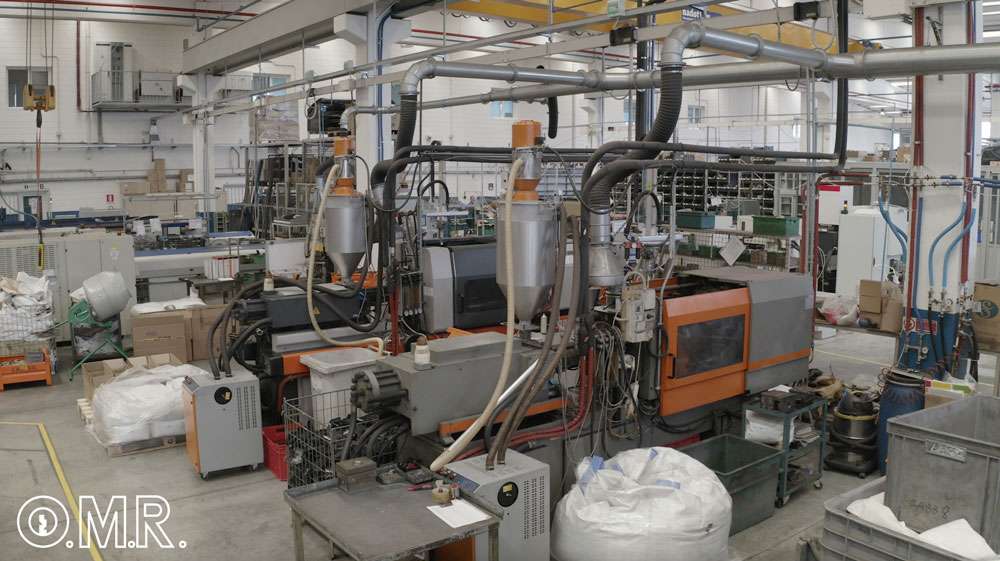
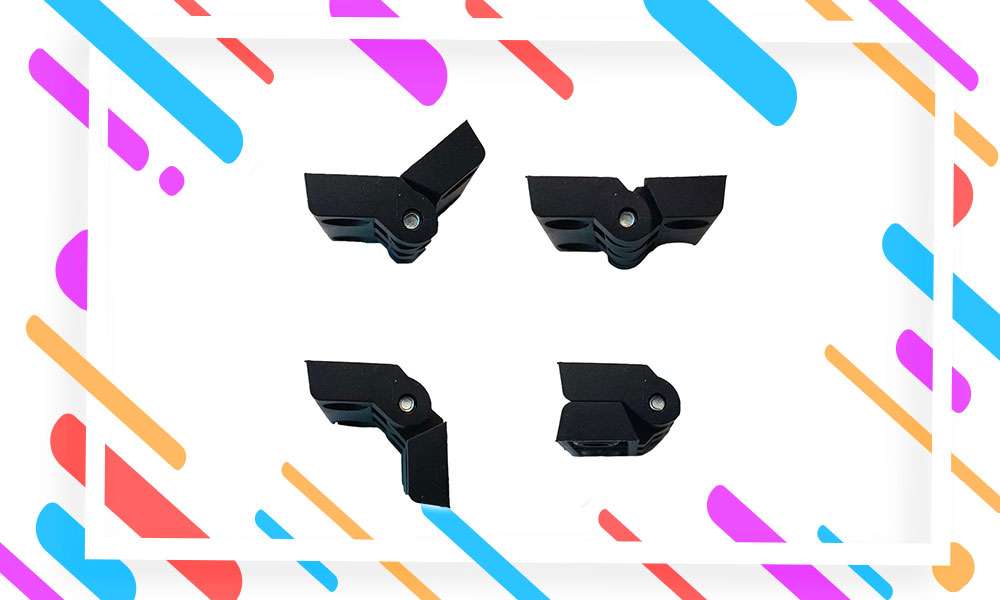
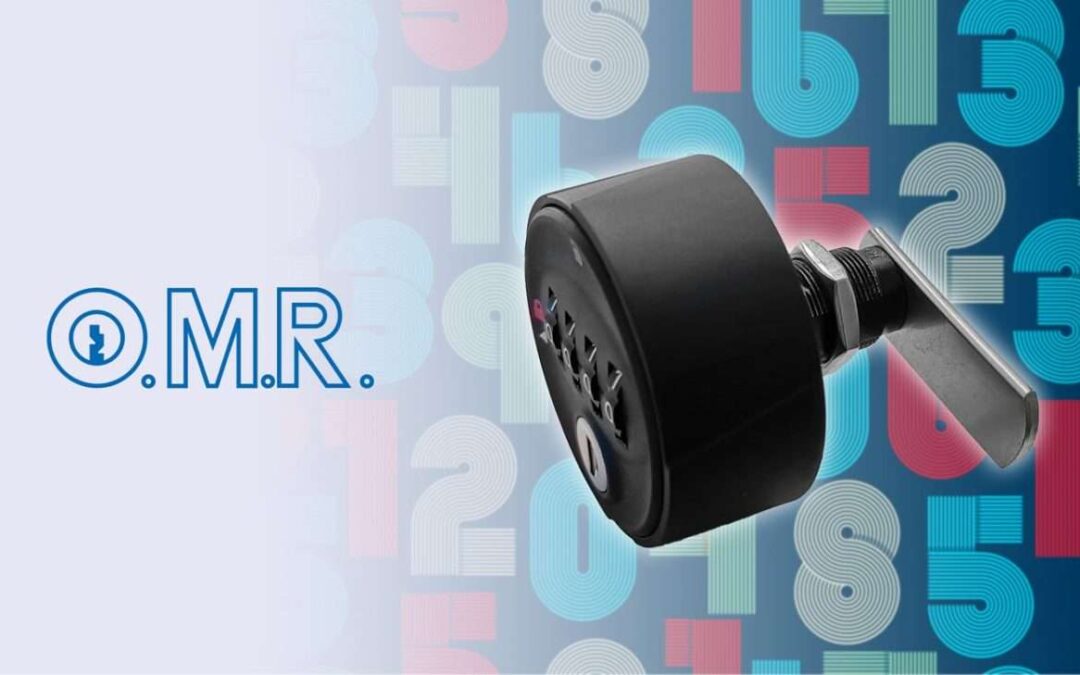
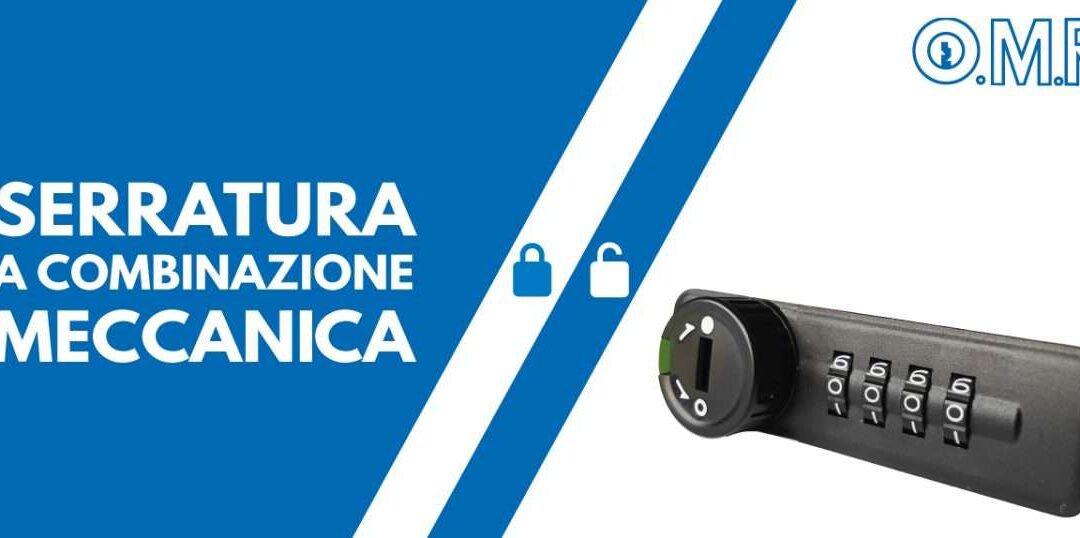
0 Comments